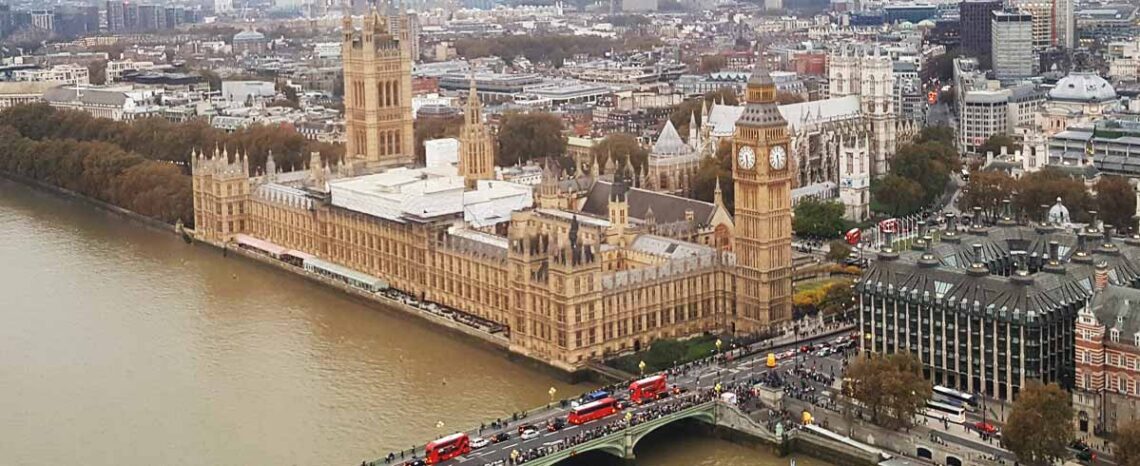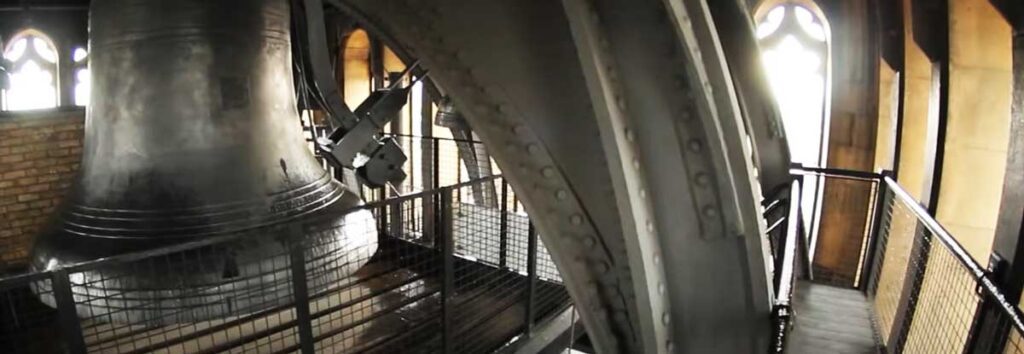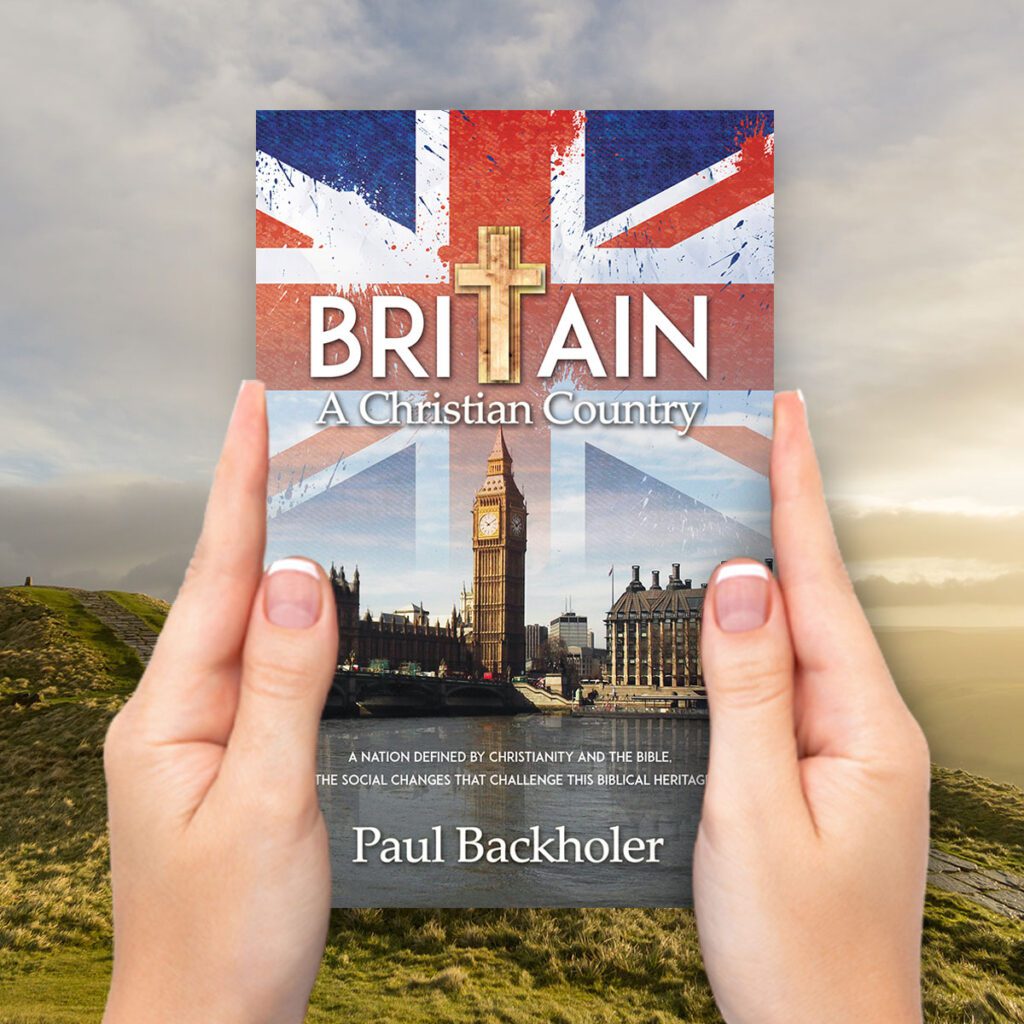
Christianity & Architecture: Big Ben, the Bible & the Elizabeth Tower
Big Ben is the most recognised timepiece in the world. The Clock Tower known throughout the nations by its crowd-pleasing name Big Ben derides from the Great Bell. It resides at the north end of the Palace of Westminster and at its heart are some intriguing Christian themes.
My journey to Big Ben begins at Portcullis House. Once through the security checks, I walk into the majestic light-filled atrium of Portcullis House, looking for a glimpse of the prime minister. I head down to the tunnel which connects the new building with the Victorian Houses of Parliament. Walking underneath Bridge Street, I turn left and enter a small doorway to access the building formally known as St Stephen’s Tower.
The Elizabeth Tower has 11 floors and as one ascends each of the 334 steps, you lose sense of your location. For a moment it’s just another set of steps with doors opening to secretive rooms. Nearing the top, my perspective changes.
My senses awaken when I first view the inside of the famous white dials of the clock. The four faces are 23 feet in diameter, each supporting 324 pieces of opal glass. It’s rather similar to a white stained-glass window in design and the walkway beside is thin. A tiny window opens in the ornate clock face and the wind rushes in; below is Westminster Bridge and people like ants walking, as red buses manoeuvre.

My heart now believes what my mind knows; I’m inside the Elizabeth Tower of Big Ben and viewing the famous clock. A glimpse of the copper minute hand outside reveals its size, a large 14 feet long. The wind blows at the clock hands, but heavy weights restrain them from blowing out of time. The Tower is old. Paint is peeling and the walls are crumbling. The much-needed restoration is presently making progress.
In this section, the Christian themes of the clock and Tower come alive. Beneath each clock dial, a Latin inscription reads:
O Lord, make safe our Queen Victoria, the First, Praise be to God
It’s a prayer at the heart of time.
As I reach the top of the Tower, there is a grand view of central London and the five bells. It’s a gusty day and the sounds of London echo on the wings of the breeze. This 315 feet symbol of Britain is exposed to the elements; masonry damage, cracks and rust are evident. Big Ben, the greatest bell at 13.5 long tons, strikes the hour with an E flat. I’m wearing earplugs to protect my hearing, as I view the large crack in Big Ben.

More than 40 prime ministers and 6 monarchs have served since the bells of Big Ben first struck their sumptuous iconic sound. It is obligatory at this moment to consider the mechanics of the clock in the room below. The complex mechanism is humble in appearance. Written in gold is:
This clock was made in the year of our Lord 1854…
Beside is the famous stock of old penny coins. When the clock needs adjusting, just one penny added or removed adjusts the pendulum swing by 0.4 seconds per day. The clock has been ticking almost without interruption for close to 160 years. No wonder the restoration was controversial.
There are four quarter bells beside Big Ben which are set to the tune, ‘I know my Redeemer liveth,’ and each quarter chime is set to the following lines:
All through this hour, Lord be my Guide, that by Thy Power, no foot shall slide
– Words and Music of the Chimes, Big Ben
For the Christian designers, London and the British Empire passed each second God gave with a reference to Christ the Redeemer. It was the Lord who would save the nation and its people. That desire to acknowledge God in all things is echoed in the traditions of Parliament handed down by the Victorians.

On the night of 16 October 1834, a devastating fire broke out in the Old Palace of Westminster. The remaining Jewel Tower gave me a taste of the vanished medieval mishmash of buildings. Westminster Hall was famously saved, preserving the oldest building on the Parliamentary Estate. Its been central to 900 years of British history and the major institutions of the British state developed directly around it.
The inspiration for the architect Charles Barry for Westminster Palace’s new facades was the Chapel of Henry VII in Westminster Abbey. Barry was designing the political house to be a mirror of the spiritual house of God. The Palace covers an area of five acres and has 1,100 rooms and two miles of corridors. Over three hundred statues decorate the main facade, portraying the saints and sovereigns of England from Saxon kings to the time of Queen Victoria
The man responsible for the interiors of the Houses of Parliament and the iconic Clock Tower of Big Ben was Augustus Pugin. He was a deeply religious man, who designed many churches in England and gained the reputation of being ‘God’s architect.’
Pugin was inspired to serve Christ with his whole heart, affirming ‘whatever you do, do all to the glory of God’
– 1 Corinthians 10:31
The Georgian Neoclassical style of architecture was prominent when Pugin was born. He rejected the popular pagan styles of ancient Greece and Rome. This was not to be the American White House or the future US Supreme Court, both of which echo the styles of the ancient world.
For Britain’s Parliament, Pugin drew inspiration from the Christian rhythms of the Middle Ages – from Gothic designs, seeking a native Christian appearance for Parliament. For Pugin, Gothic buildings, reproducing the style of churches was the embodiment of an idealised Christian nation.
Vacating the Elizabeth Tower I enter the Central Lobby, the mid-point between the Commons and Lords. A Latin inscription dominates the floor at the heart of Westminster. It proclaims this verse from the Bible, drawn out of the heart of King Solomon of ancient Israel:
Except the Lord build the House, they labour in vain that build it
– Psalm 127:1
Wise words indeed.
- The Faith of Queen Elizabeth II
- Christianity, the Bible & Parliament: The Palace of Westminster
- The Royal Collection & the Faith of Queen Elizabeth II
- Christianity and Culture
- The Bible and Art
- Recent Articles
By Paul Backholer. Find out about Paul’s books here.




